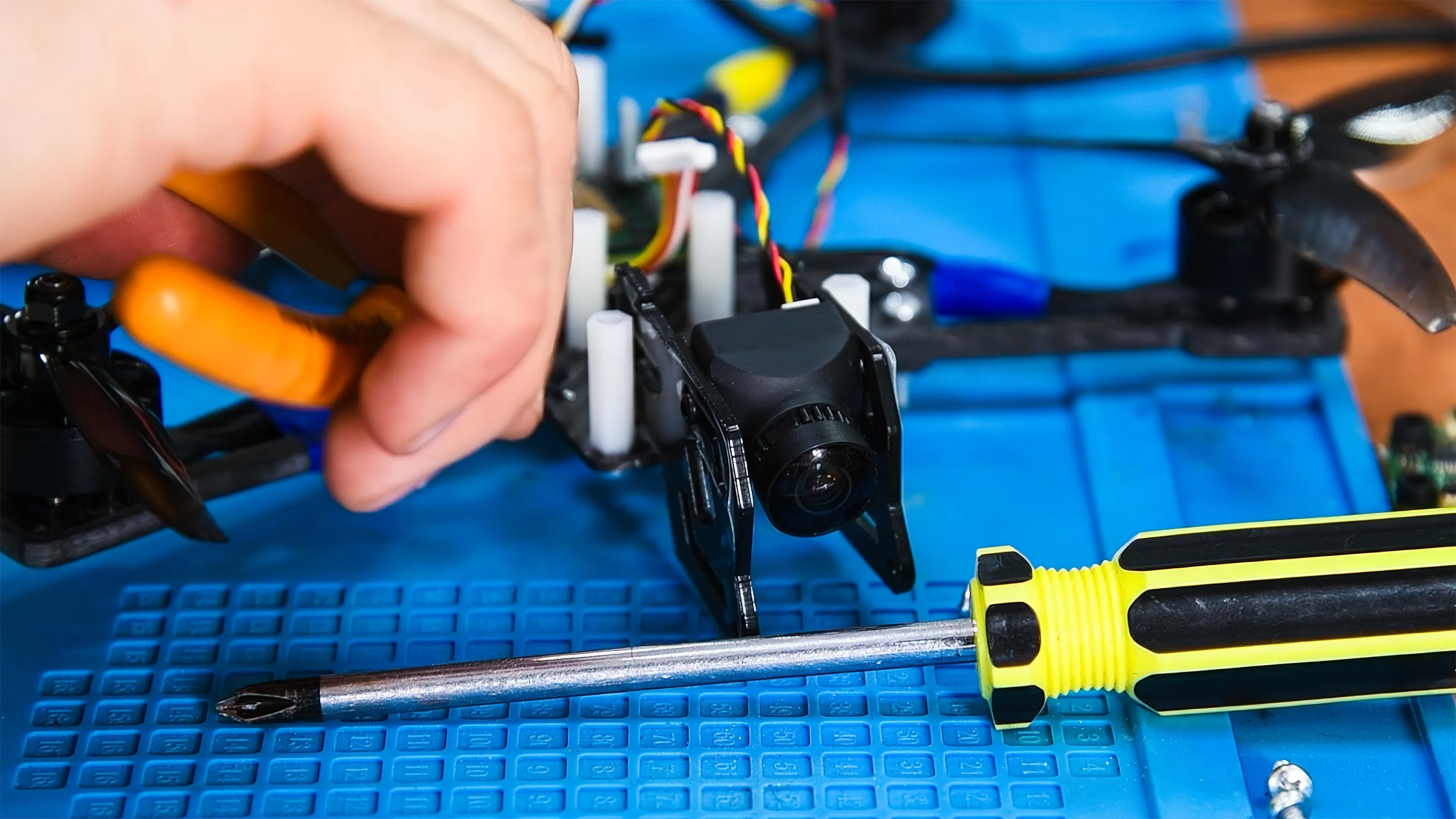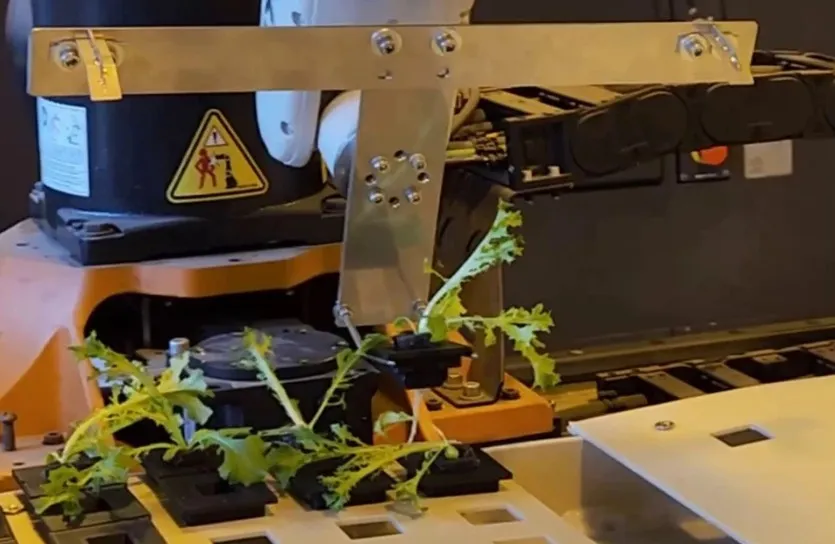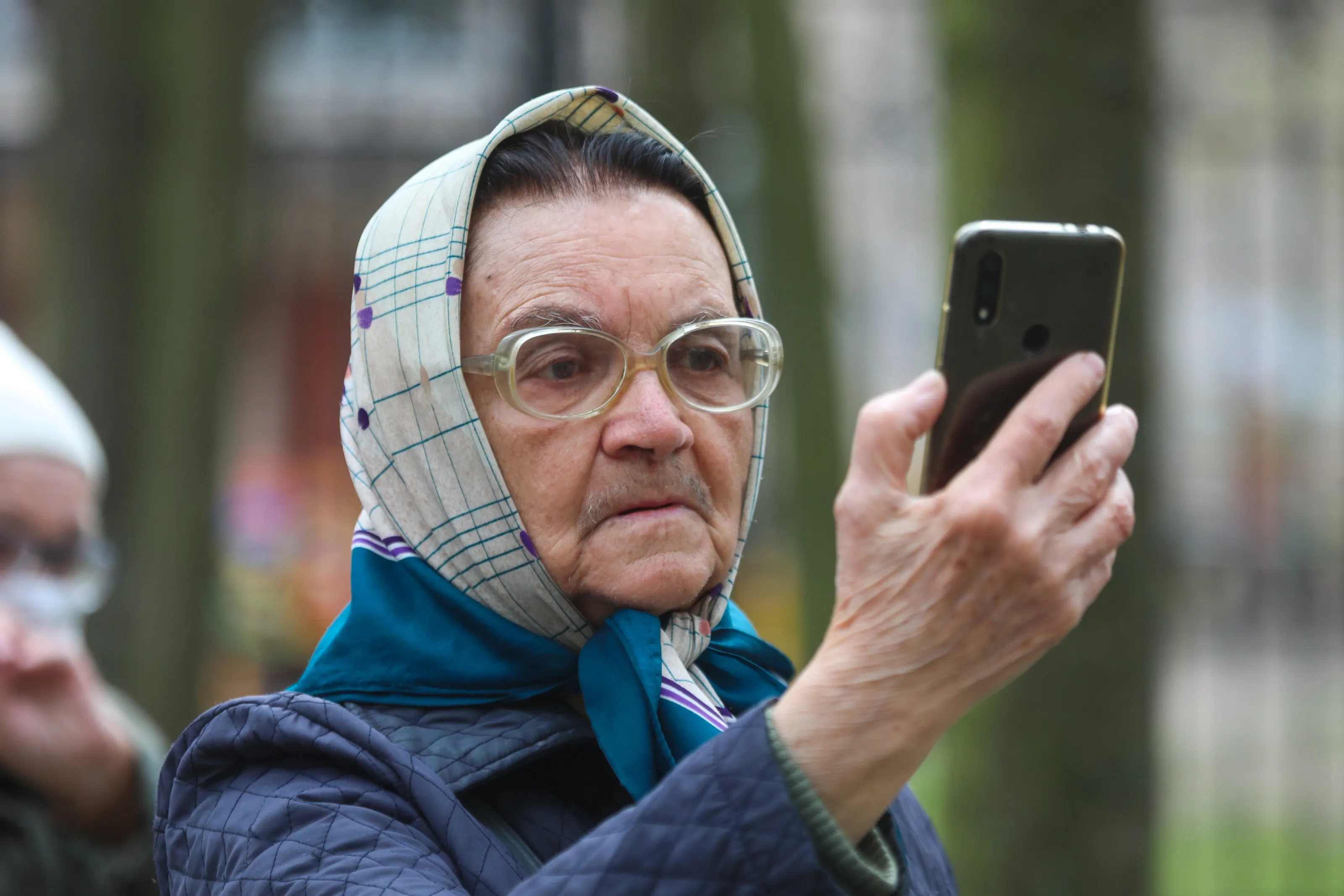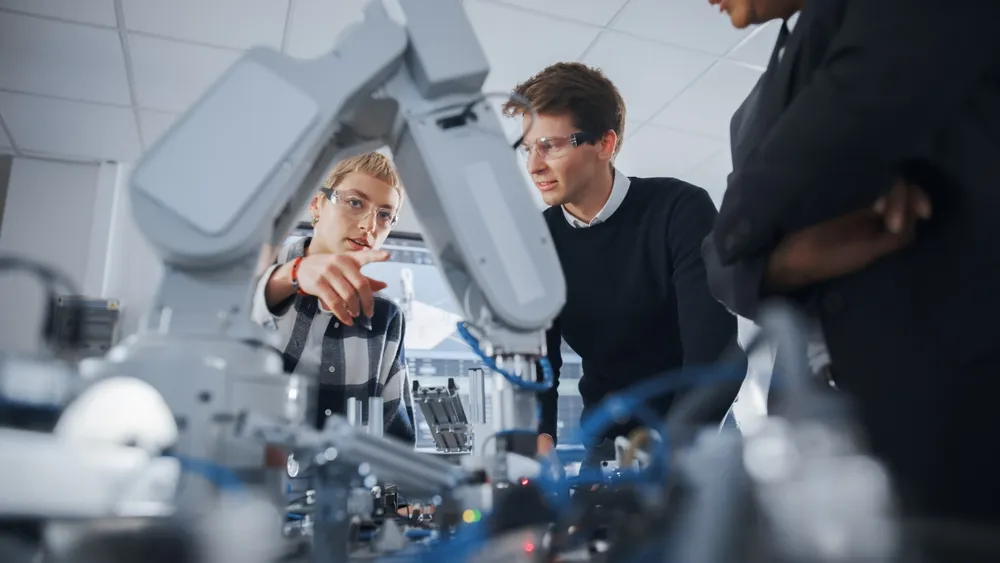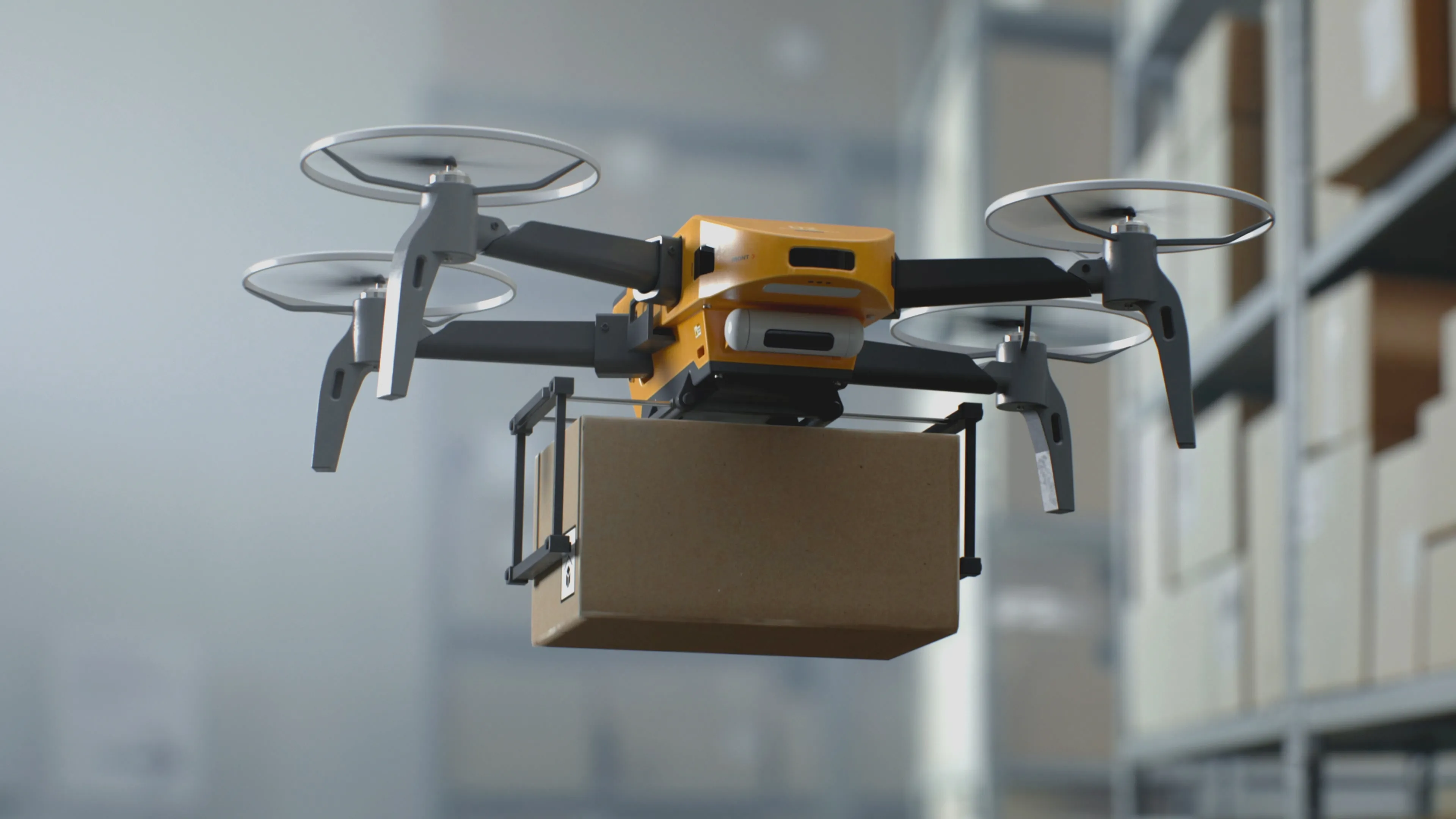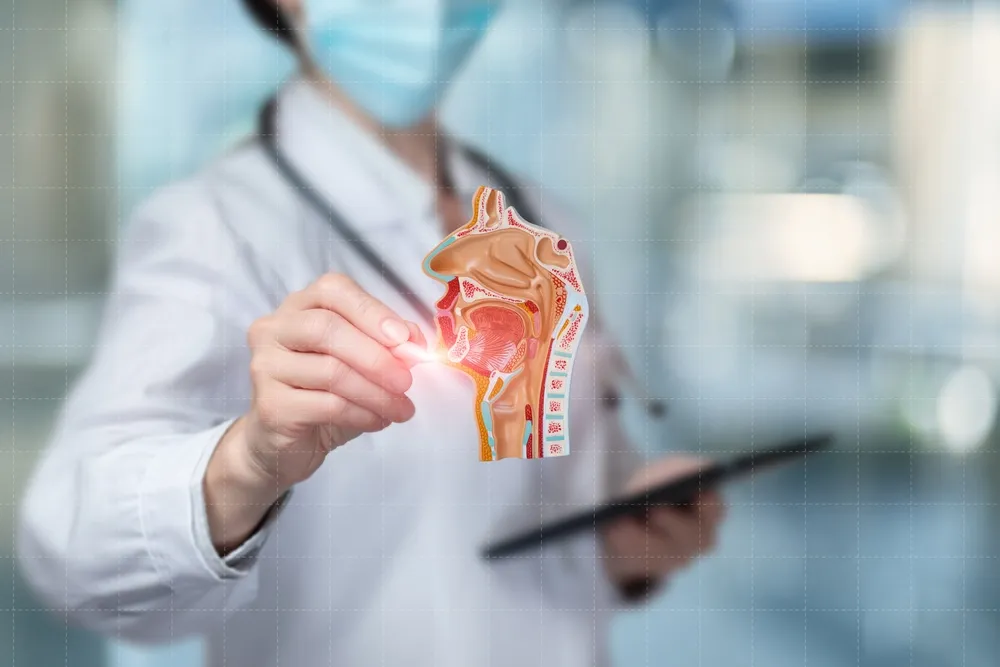AI to Help Locate Missing Children in Novosibirsk Region
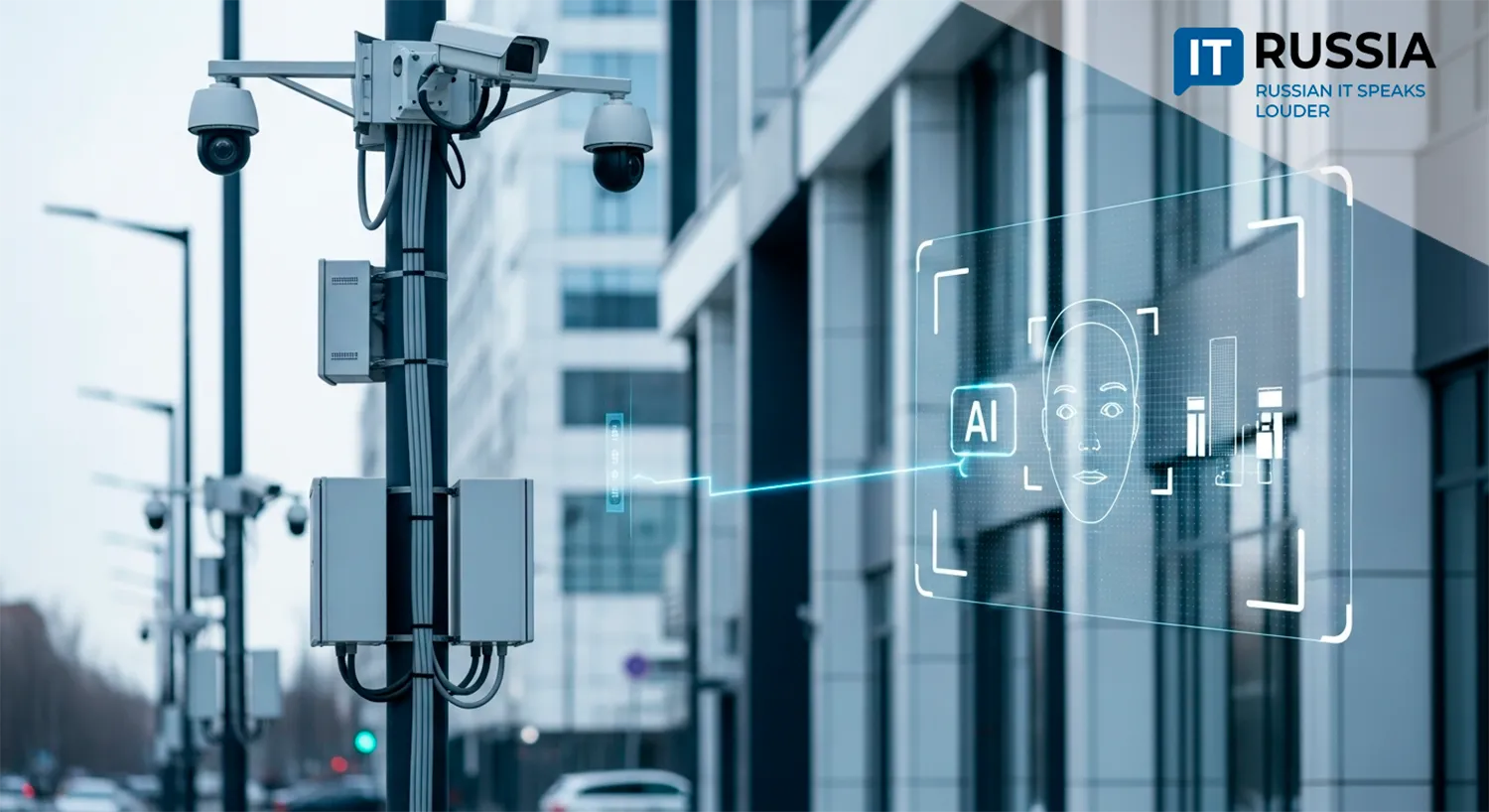
An AI-powered service will speed up the search for missing children and may become a national model.
AI Joins the Search: A New Frontier in Public Safety
An AI-powered service has been launched in Russia’s Novosibirsk Region to aid in the rapid location of missing children using the “Safe City” video surveillance system. This pilot program, developed by the video analytics firm NtechLab, marks a significant leap in applying artificial intelligence to emergency response and public safety.
Unlike traditional methods that rely solely on law enforcement and volunteer efforts, this system uses AI to analyze real-time footage and identify missing individuals, significantly accelerating response times. The technology is expected to reduce the workload on volunteers and emergency services alike—bringing high-tech efficiency to community-driven initiatives.
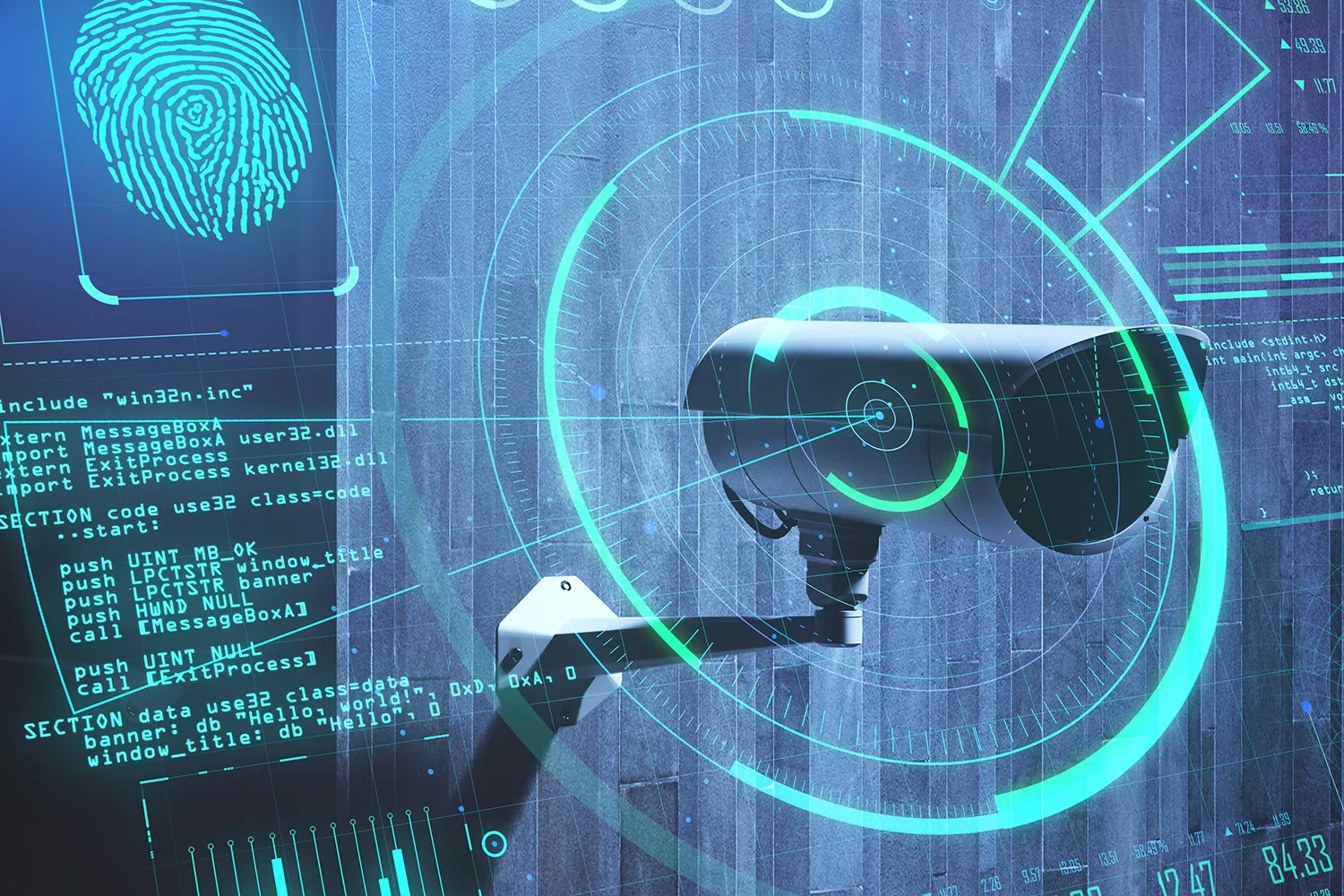
Boosting Police Efficiency with Real-Time Data
The NtechLab system isn’t just a local innovation. It has the potential to scale nationwide and even internationally, especially in regions looking to improve their missing persons protocols. By integrating with 112 emergency services and police departments, the platform can dramatically enhance operational efficiency.
In future updates, the system could be linked to federal biometric databases and adapted to search for not just children but also the elderly and individuals with cognitive impairments. Real-time video processing is key here, enabling near-instant recognition and tracking.

From Photo Animation to AI-Driven Search
The use of AI in recognizing people isn’t new. Tools like Deep Nostalgia from MyHeritage have demonstrated how AI can “animate” old photos—a compelling example of computer vision in action. Similarly, the volunteer group Liza Alert, in partnership with Beeline AI, has deployed drones with facial recognition during large-scale search operations.
Foundational research such as the 2019 paper “Finding Missing Children: Aging Deep Face Features” has laid the groundwork for age-progressive recognition algorithms. With this technological basis in place, the emergence of AI-assisted search platforms was only a matter of time.

From Regional Pilot to National Standard
The Novosibirsk pilot is poised to become a national model. Plans are already underway to expand the system across Russia, with integration into both the Ministry of Internal Affairs (MVD) and the Ministry of Emergency Situations (EMERCOM) expected within two years. There’s even potential for international export, positioning Russia as a leader in AI-driven public safety solutions.
Still, success hinges on privacy protections and legal frameworks. Ensuring camera data confidentiality and adapting legislation will be crucial to the system’s long-term viability.



